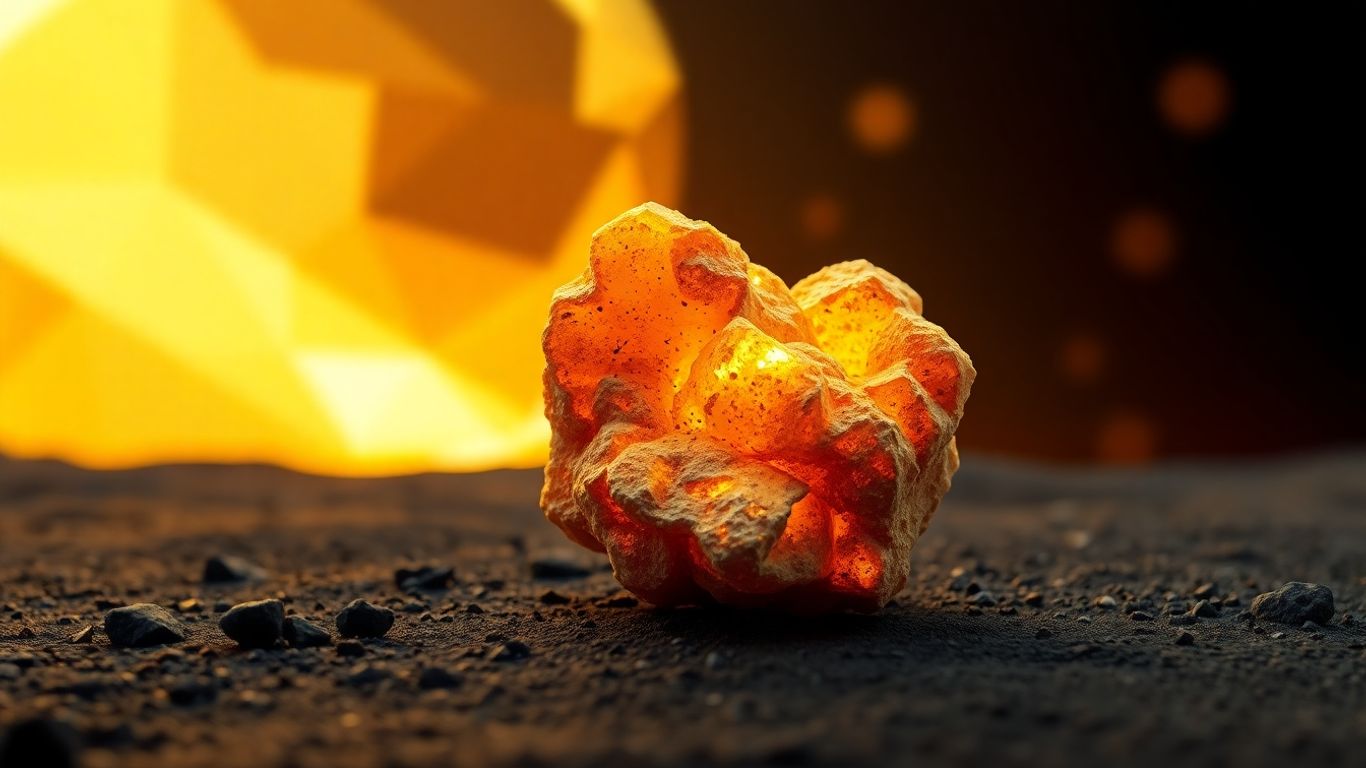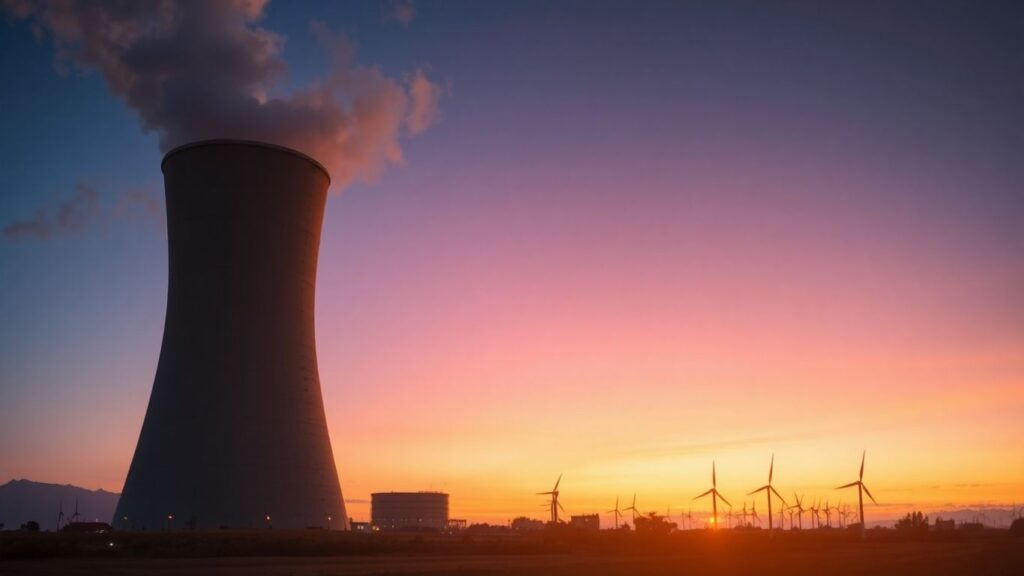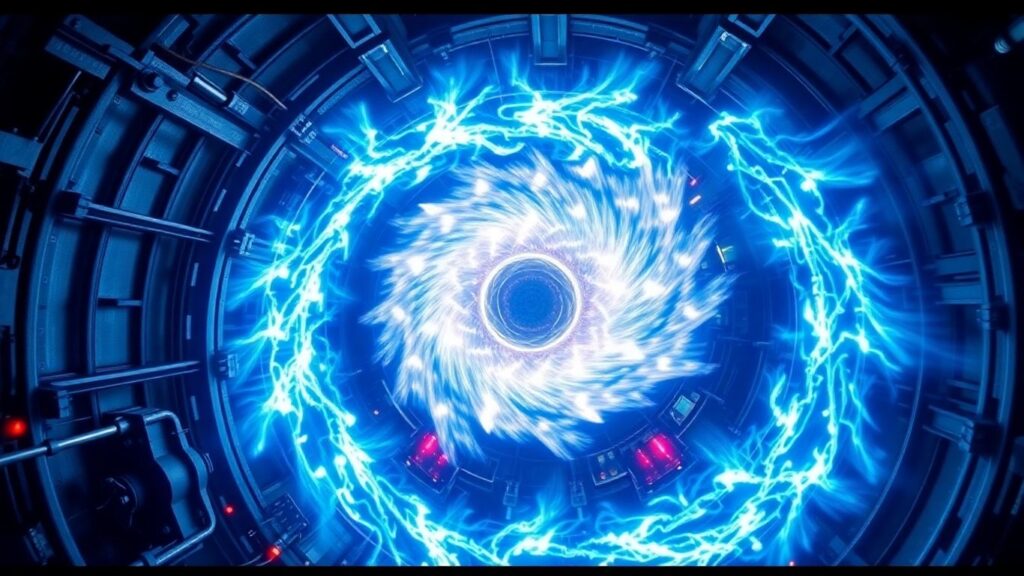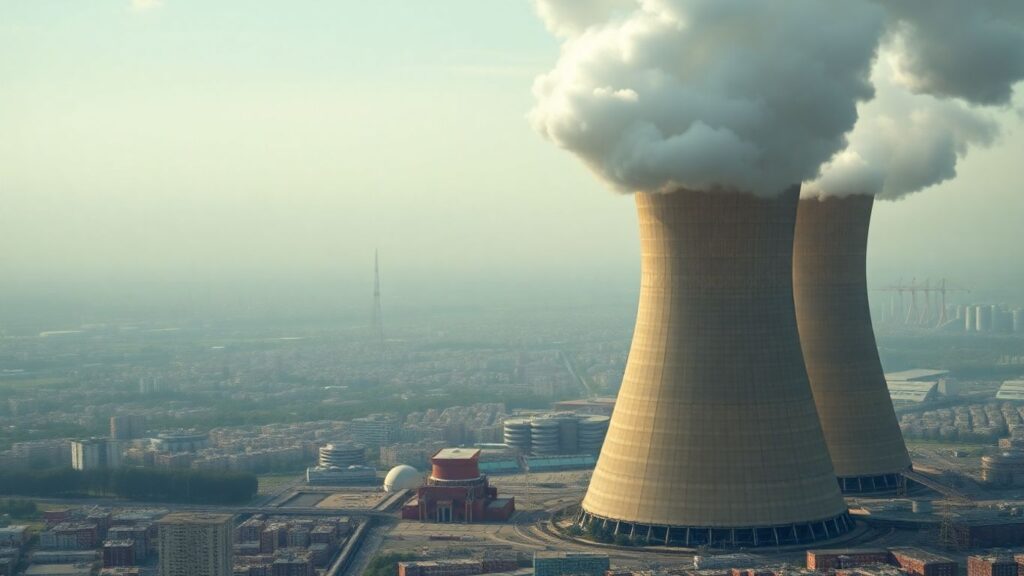The uranium market has experienced a significant price rebound in the first half of 2025, driven by geopolitical developments and strengthened nuclear energy policies. Despite an initial dip in early March, spot prices recovered by June, signaling a potential shift in market dynamics. Long-term contract prices have remained stable, indicating producer discipline amidst growing demand.
Key Takeaways
- Uranium spot prices rebounded to the US$70-US$71 range by early June after an initial dip.
- Long-term contract prices remained stable around US$80 per pound.
- Geopolitical factors and renewed nuclear policy support, particularly in the US, are key market drivers.
- Global uranium demand is projected to increase significantly by 2050, necessitating new mining investments.
- Supply chain disruptions, such as those affecting Kazakhstan’s production, are impacting global availability.
Shifting Market Dynamics and Utility Hesitation
The uranium market began the second quarter of 2025 with a degree of uncertainty, as spot prices fell to an 18-month low of around US$63.50 per pound in mid-March. This decline was attributed to utilities adopting a cautious approach to contracting, influenced by ample secondary supply and demand uncertainties. However, by early June, the market saw a recovery, with spot prices climbing back into the US$70 to US$71 range. This rebound was bolstered by positive geopolitical developments and a renewed commitment to nuclear energy policies, especially within the United States.
Despite the volatility in the spot market, long-term contract prices demonstrated resilience, holding steady at approximately US$80 per pound throughout the first six months of the year. This stability is seen as a reflection of producer discipline. Nevertheless, market participants note that term contracting remains below replacement levels. Factors such as trade tensions and tariff threats have contributed to a cautious stance among market players. Analysts suggest that utilities may have grown accustomed to a more flexible market environment, and a return to more robust contracting is anticipated as supply-demand fundamentals tighten.
Supply Gap and Surging Demand
Structurally, the uranium market is facing a widening supply deficit. Global uranium production in 2024 met only 80-90% of reactor demand, with the shortfall being covered by inventories, which are diminishing. Development pipelines for new projects are thin, and regulatory delays, coupled with geopolitical constraints like sanctions on Russia, further restrict available supply. The global nuclear landscape is expanding, with 69 reactors currently under construction and 440 operational worldwide. The US, in particular, aims to significantly increase its nuclear capacity by 2050, which would dramatically boost its uranium demand from the current 45 million pounds annually to nearly 200 million pounds.
This projected surge in demand highlights the critical need for investment in new mining projects. The Red Book, a key OECD/IAEA report, emphasizes that while current resources are sufficient to meet demand through 2050, substantial investment is crucial to avoid potential supply disruptions. The report notes a reversal in the declining trend of uranium exploration and mine development expenditures, with a recovery seen in recent years, driven by rising uranium prices and increased interest in nuclear energy. However, sustained market conditions are essential to encourage further investment and exploration.
Geopolitical Influences and Investment Momentum
Geopolitical tensions are actively reshaping the uranium market, prompting countries to secure domestic supplies or prioritize imports from allied nations. Simultaneously, the growing recognition of nuclear energy’s role in achieving net-zero emission targets is fueling global interest. The call by over 20 countries to triple global nuclear energy capacity by 2050, made at COP28, underscores this positive outlook. The development of small modular reactors (SMRs) is also gaining traction, further contributing to anticipated demand growth.
This renewed momentum has translated into increased investment in uranium stocks and related products. The Northshore Global Uranium Mining Index saw a notable gain in May, reflecting the sector’s leverage to spot price increases. The Sprott Physical Uranium Trust’s capital raise and the growth of ETFs like the VanEck Uranium and Nuclear Technologies UCITS ETF indicate rising investor interest. This increased attention, particularly from institutional investors, is being driven by growing political acceptance of nuclear energy for energy security and defense purposes.
Key Takeaways
- Uranium Price Update: Q2 2025 in Review, Investing News Network.
- Invest now to secure long-term uranium future, Red Book says, World Nuclear News.












